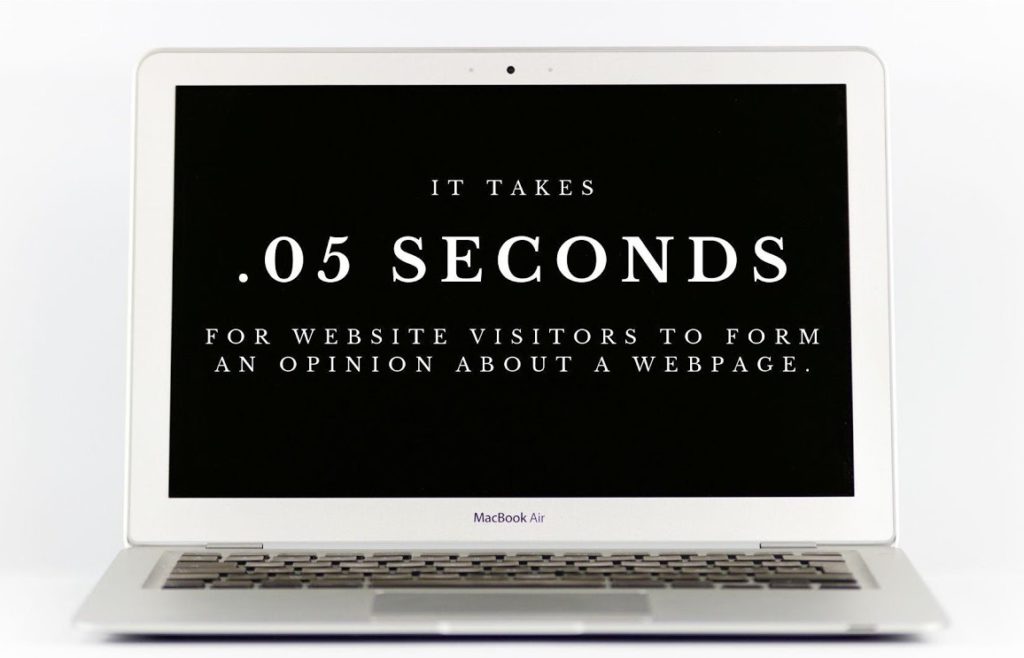Conversion rate is a powerful measurement tool that provides valuable insight into the behavior of your website’s visitors. Calculating the conversion rate -- the percentage of website visitors who complete a desired action -- can be highly beneficial in determining how effective your website is in accomplishing your business goals. Whether the goal of each webpage on your site is a click on a product page, a newsletter sign-up, or a purchase, monitoring your conversion rate(s) and implementing strategies aimed at increasing conversion will provide greater value to your business.

According to the 2018 State of Conversion Optimization Report by CXL, last year, over 90% of marketing optimization professionals across various industries responded to a survey stating that the priority of conversion optimization remained the same or increased compared to the year before.
Below, we have determined five optimization strategies that are essential to maintaining and increasing your website’s conversion rate(s):
We have all arrived at a store looking to buy something but found ourselves lost, whether it was in the process of searching for a product, a price tag, or even the checkout. Often, customers who find themselves in this situation give up and leave the store.
Just as it can be difficult for customers to navigate a store without a sales associate, your website’s visitors are online without anyone on your team to guide them. Ensure that your website is simple to navigate at every point in the visitor’s journey.
We cannot overstate the importance of a simple landing page, a clear page navigation system, and an easy conversion process (checkout, sign-up, registration, etc), all geared toward your visitor’s optimal website journey.
Have an abundance of content on your website appealing to your target audience, and have little else. Understanding what is important to your audience’s experience on your site is vital, because it is now harder than ever to hold people’s attention online.

According to a series of studies generated by researchers from the Journal of Behaviour and Information Technology, it takes a mere 50 milliseconds, or .05 seconds, for website visitors to form an opinion about a webpage. Make sure that your audience’s first .05 seconds on the site include the graphics and content that most appeals to them.
Millennials have the highest purchasing power of any generation today. Due to the vast amount of information-sharing that occurs on social media, millennials have come to value social proof when making a purchase or using a new product or service.
Facilitate trust with your website’s visitors by embedding your social media pages into your website and by highlighting customer reviews from social media platforms and other external sites. Not including this information on your site gives visitors a reason to leave and find this information elsewhere. Keep users on your website and one step closer to conversion.
Few things are more frustrating than the endless spinning cycle of a loading icon.
Slow website speed, a device unfriendly/incompatible user-interface, and low-quality, pixelated media are all valid reasons for dissatisfaction for online browsers.
Just as typos and misspellings are seen as unprofessional, a website with technical difficulties can be equally distasteful, and makes a difference in how your website is perceived by visitors.
In fact, 47% of consumers expect a website to load in 2 seconds or less. 40% abandon a website that takes longer than 3 seconds.
Once your website receives adequate traffic, you are able to perform split tests and other experiments. Split tests measure the performance of two different versions of a web page (control group, experimental group) for website visitors. Make adjustments to what most appeals to site visitors and ultimately optimize the conversion rates of each page.
Using Google Content Experiments and Google Analytics, your company can measure the performance of similar web pages in many different experiments to scientifically optimize conversion rates.
The sooner you start experimenting on your website, the faster that you can implement the most optimal solutions and start achieving higher conversion rates.